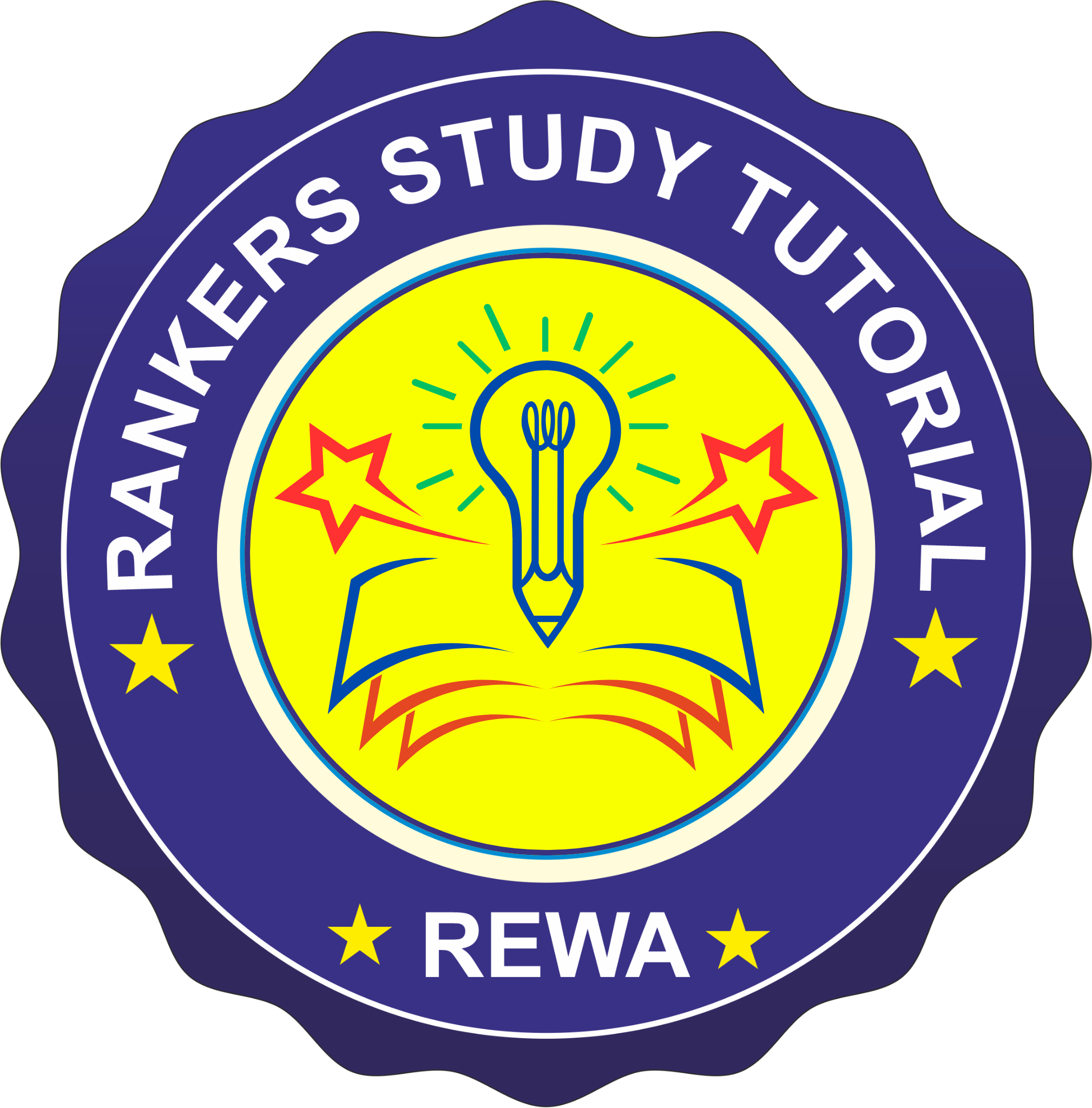MCQs of Science Class 10 Chapter 13 Our Environment
Tagged InChapter 13 Our Environment Class 10 MCQs Science
You cannot copy content of this page
Javascript not detected. Javascript required for this site to function. Please enable it in your browser settings and refresh this page.

